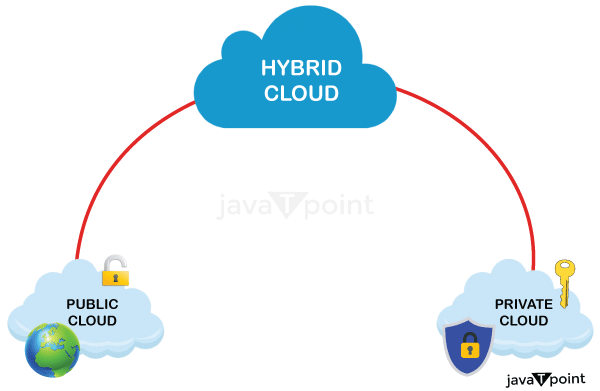Hybrid cloud networks are a great way to optimize your IT infrastructure while maintaining compliance with regulations. However, proper network security is essential to protect your data and applications. A hybrid cloud network security strategy should include the following elements:
1. Deploy a centralized logging solution for monitoring activity on all nodes in the hybrid cloud environment. This solution can capture activities such as file transfers, user logins and actions, system events, and application performance data. You may also get the best hybrid cloud network security service via F7 Digital Networks.

Image Source Google
2. Use intrusion detection and prevention (IDP) software to detect malicious traffic attempts before they reach your systems. IDP software can also block known attack vectors before they compromise your systems.
3. Use secure communications protocols such as HTTPS to protect data from being intercepted by attackers.
4. Enable identity management and access control features to keep unauthorized users from accessing sensitive data or applications in the cloud.
5. Implement security policies that allow authorized users access to only the resources they need to perform their job functions.
Benefits of Using a Hybrid Cloud Network
Some key benefits of using a hybrid cloud network include:
1. Improved agility – By using a hybrid cloud network, an organization can quickly and easily deploy new applications, services, and technologies. This ability to rapidly iterate ensures that an organization remains competitive in today’s market landscape.
2. Reduced risk – By using a hybrid cloud network, an organization can minimize the risks associated with hosting data in multiple locations. This combination of on-premises and off-premises resources enables organizations to secure their data while still taking advantage of the flexibility and agility offered by the cloud.
